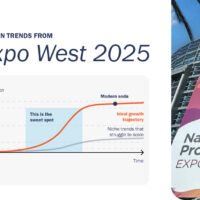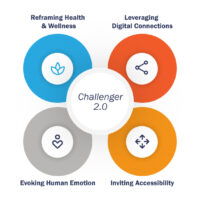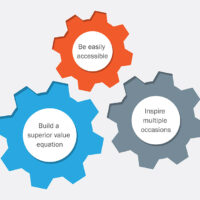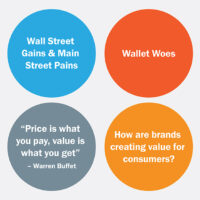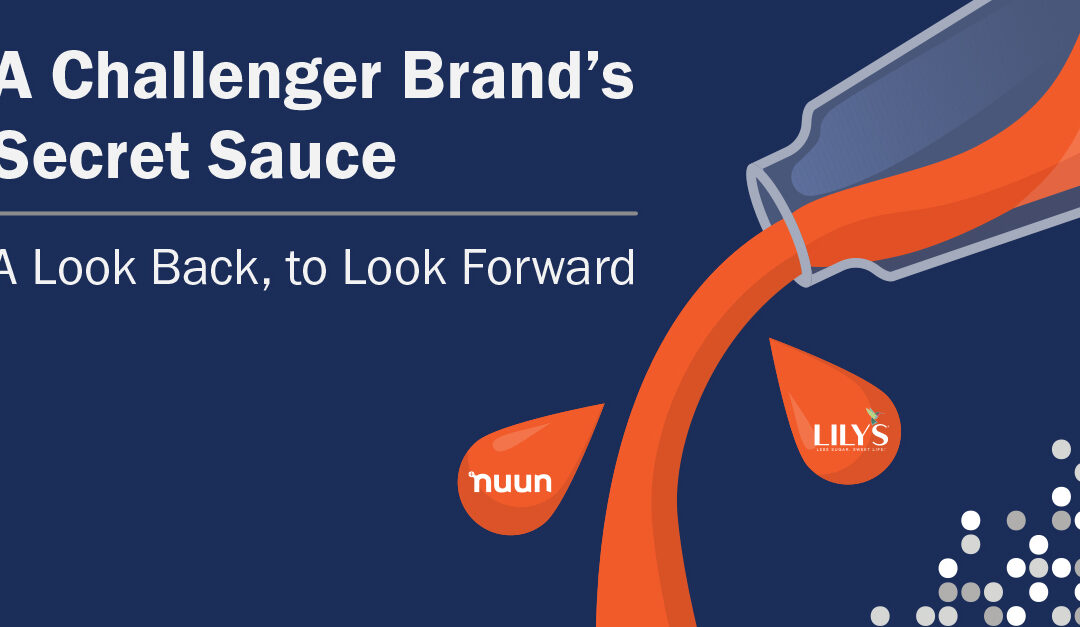
Challenger Brands: A Look Back, to Look Forward
Challenger Brands: A Look Back, to Look Forward
NUUN
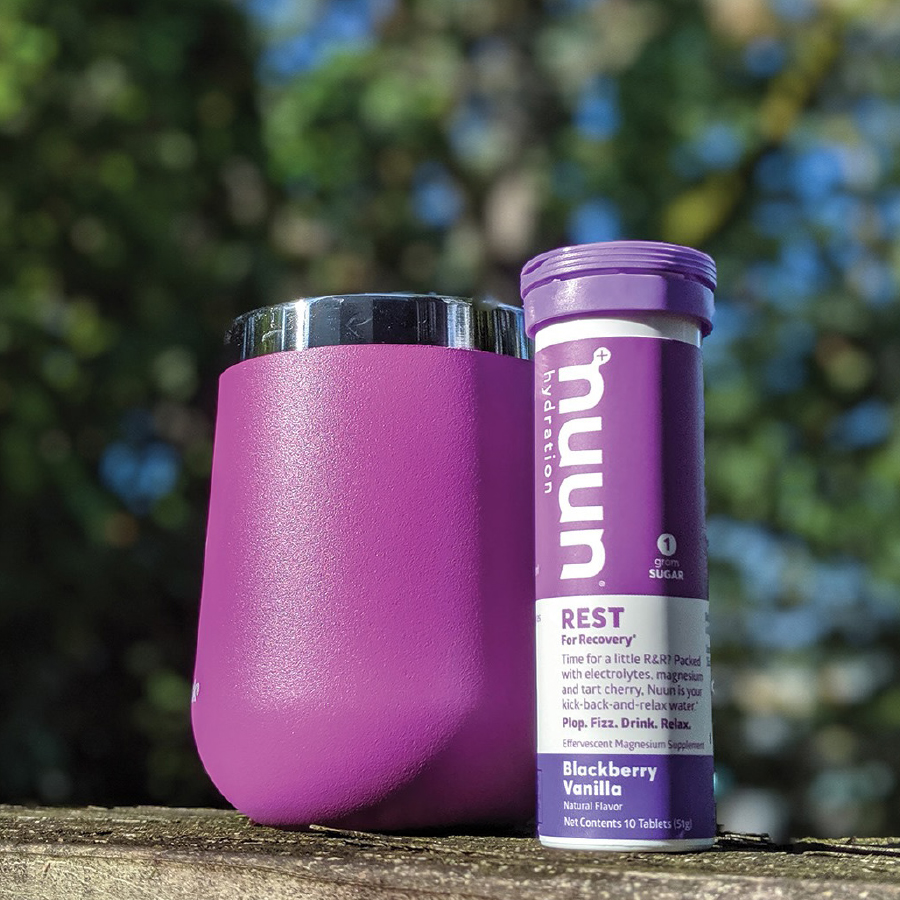
How did it all begin?
When Nuun was founded in 2004 consumer attention in the beverage category was increasingly turning to the prevalence of sugar in products. Athletes in particular craved solutions that hydrated them without excess sugar and additives, but were primarily faced with choosing between traditional branded options that combined hydration benefits with high calories. By identifying this consumer tension, Nuun created a new hydration solution separating “electrolyte replacement from carbohydrates.” While they were immediately accepted by hardcore athletes, Nuun was quick to realize this healthy hydrating beverage was something that a broader universe of consumers desired. We highlighted the steps they took in our 2016 Challenger Brand study as they used everyday ambassadors to drive growth by demonstrating that healthy hydration was available to everyone – not just athletes.
What unmet consumer needs has the brand continued to solve?
Targeting recovery & rest: Nuun has continued to solve health-conscious consumers’ needs within the hydration space. In February of 2019, Nuun launched Nuun Rest. Vishal Patel, Nuun’s senior head of R&D, framed the move as a new approach to recovery products saying that a lot are “protein based.” Nuun “wanted to take a different route and include some minerals that take you in a direction of more restful relaxation.” The brand was able to stand out as they zeroed in on specific product benefits their consumers were drawn to. Nuun continued this theme of distinct and purposeful product delivery in 2021 when they sought to expand into providing its users with clean, lasting energy with Nuun Energy. Unlike many incumbent products that were loaded with long ingredient lists and excess sugar, the brand looked to offer consumers an alternative that was non-GMO verified, vegan, gluten-free and kosher. These product expansions further differentiated the brand for their consumers.
Where are they now?
Nuun recently entered into an agreement to be acquired by Nestlé later this year. The brand is a major player in the healthy hydration space and is poised for additional growth due to their continued commitment to delight the modern consumer, consistent with their “challenger roots.”
LILY’S
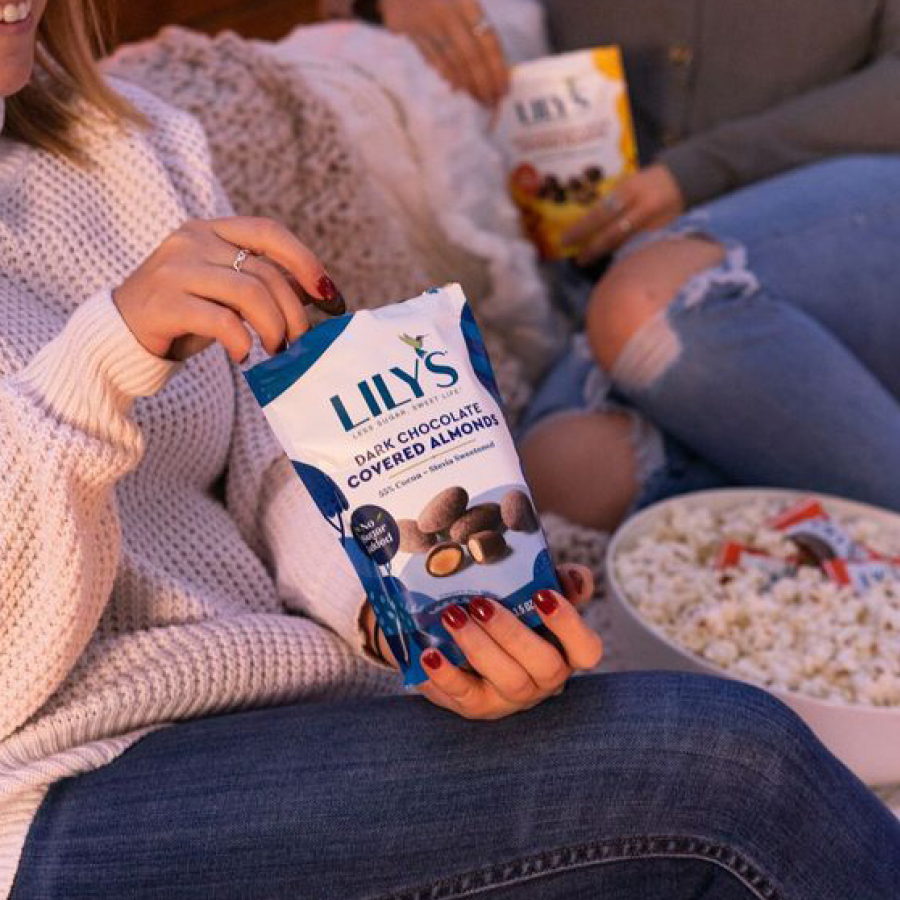
How did it all begin?
For generations of consumers, chocolate has been a delicious indulgence. It’s something consumers love, but many struggle with the guilt that comes after partaking in a treat. The founders of Lily’s Sweets understood this basic tension well, and the brand was created on the premise that consumers should be able to enjoy delicious chocolate without a serving of guilt. Lily’s accomplished this and stood out from other brands in the category by giving consumers a delicious sweet treat without the sugar. In our 2019 Challenger Brand study, we highlighted Lily’s for their ability to carve out a unique competitive edge. They provide an indulgent and guilt-free chocolate experience all while operating within guidelines of fair-trade certifications and by using plant-based sugar substitutes.
What unmet consumer needs has the brand continued to solve?
Lily’s expands the sugar reduction movement: Founder Cynthia Tice has a clear brand strategy in mind that Lily’s is, “a leader in the sugar reduction movement, here to help limit your overall sugar intake while working to give you sweets you’ll obsess over.” COVID provided opportunities for the brand to delight consumers in new ways. As the pandemic caused the country to shut down, consumers were grazing and treating themselves at a higher rate. In fact, 46% of adults said they snacked more during the pandemic and the top driver of this was a desire for comfort. Lily’s capitalized on this trend and launched products to meet this elevated consumer need. In January of 2020, the brand launched milk chocolate caramel popcorn for those family movie nights amidst the lockdown. In June, they continued to innovate and target consumers who were increasingly baking at home, launching white chocolate and chocolate-caramel baking chips.
Where are they now?
Lily’s attention to consumer needs within the broader snacking category allowed them to branch into new occasions and reach new heights of success. The brand recently entered into an agreement to be acquired by The Hershey Company. The acquisition was an acknowledgement of Lily’s ability to delight the consumer, with Lily’s CEO Jane Miller noting that by “joining Hershey’s family of brands, Lily’s will become a platform confection brand making BFY options easily accessible to all consumers.”


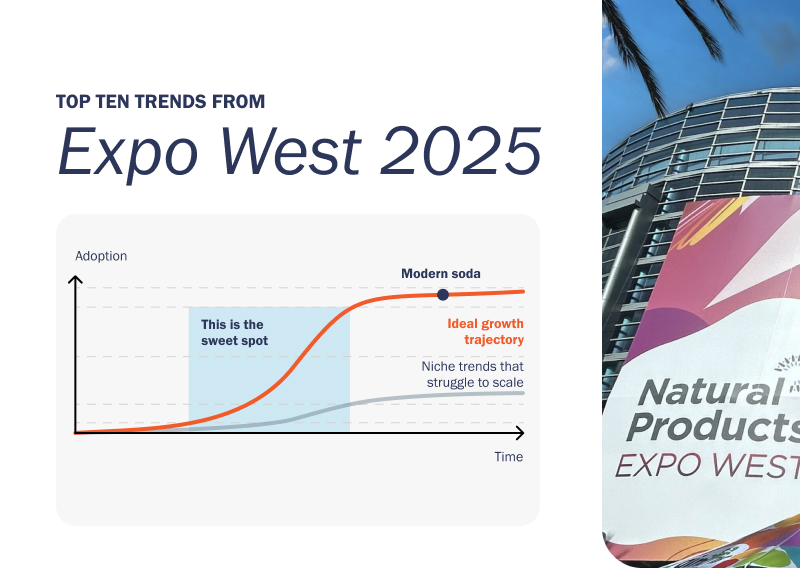
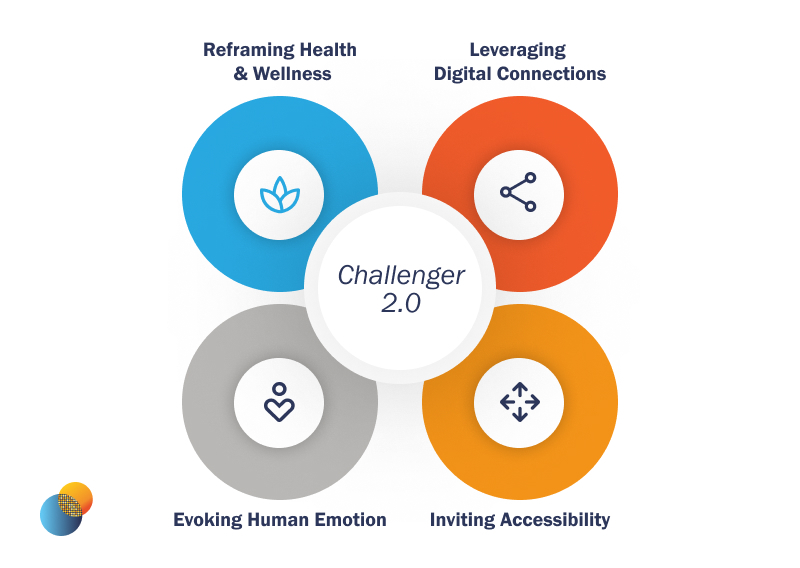
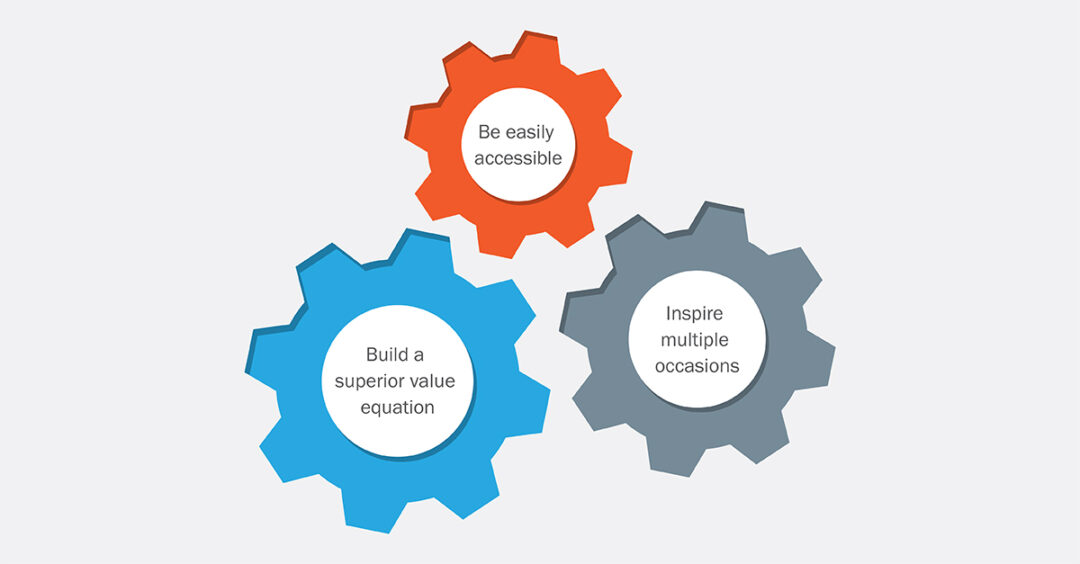
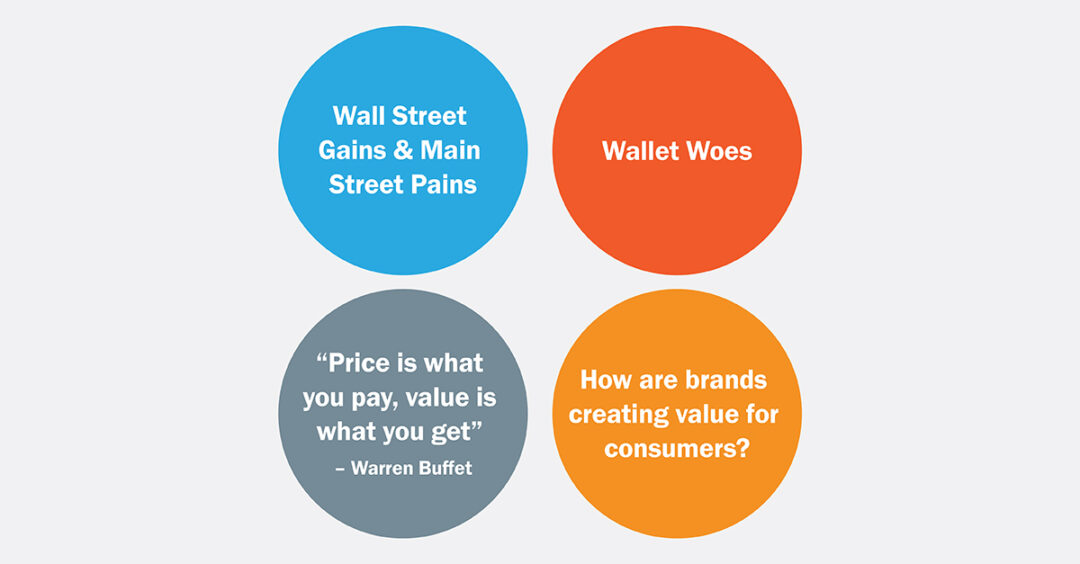
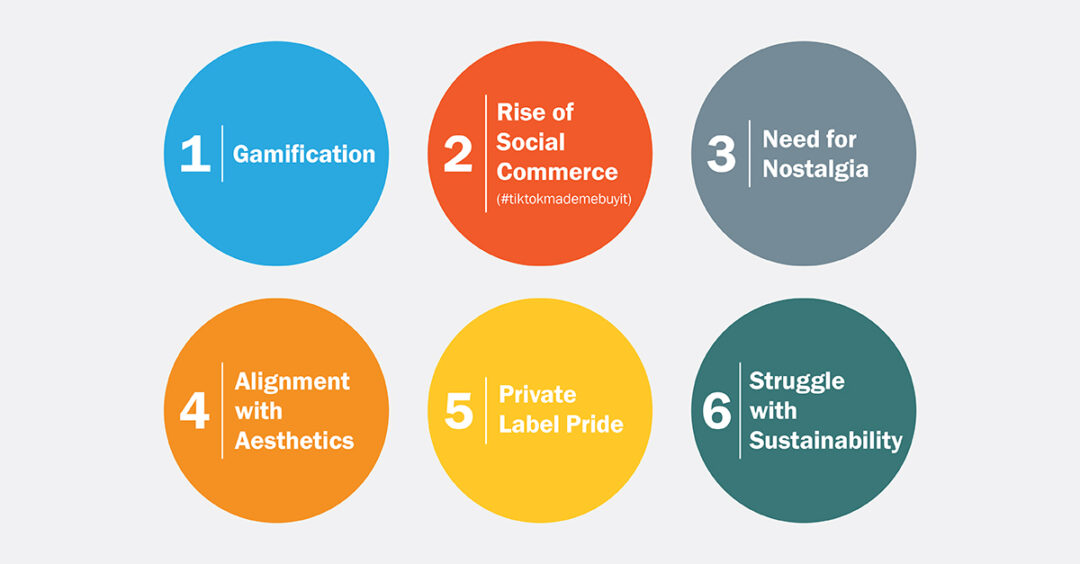
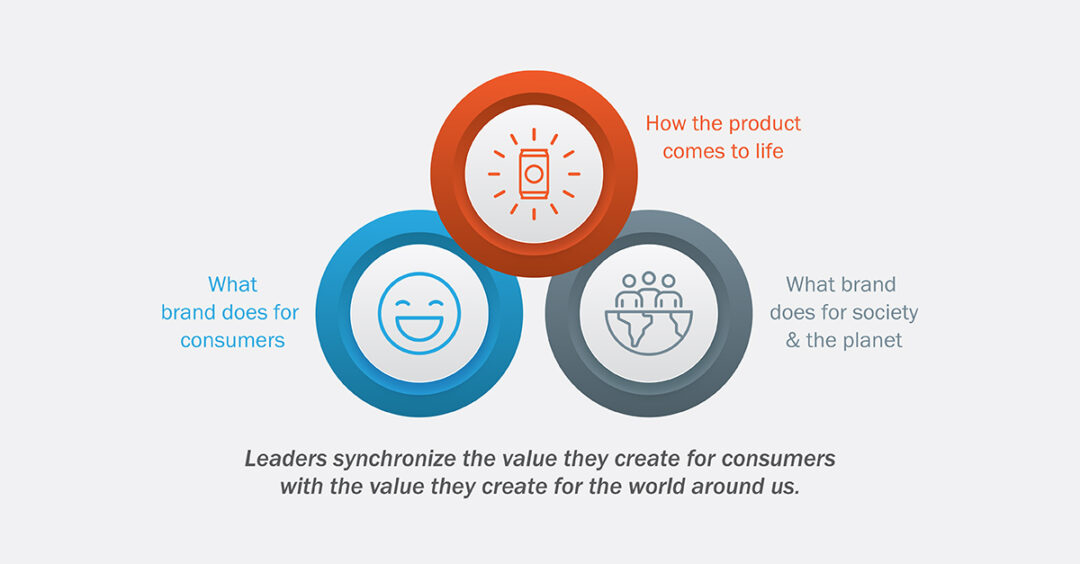
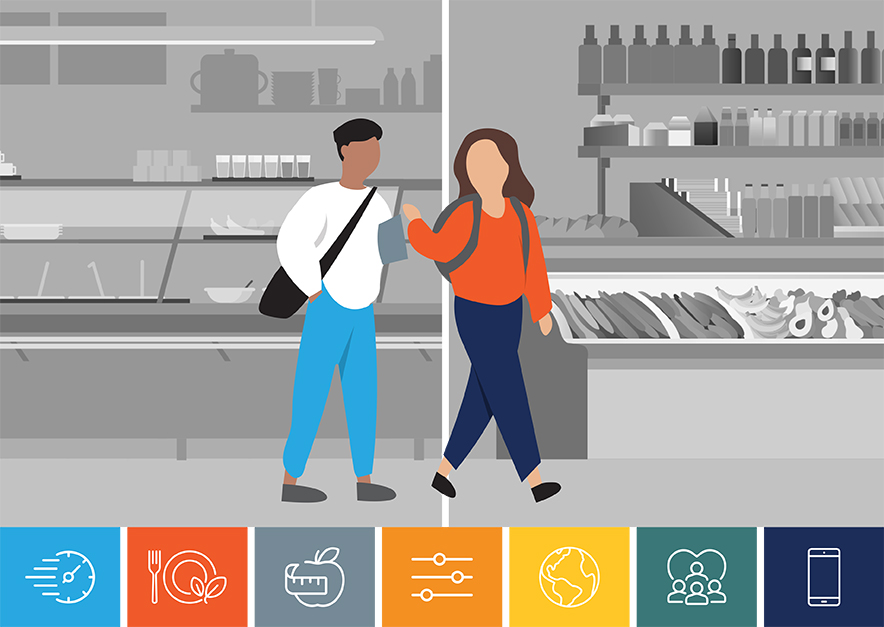

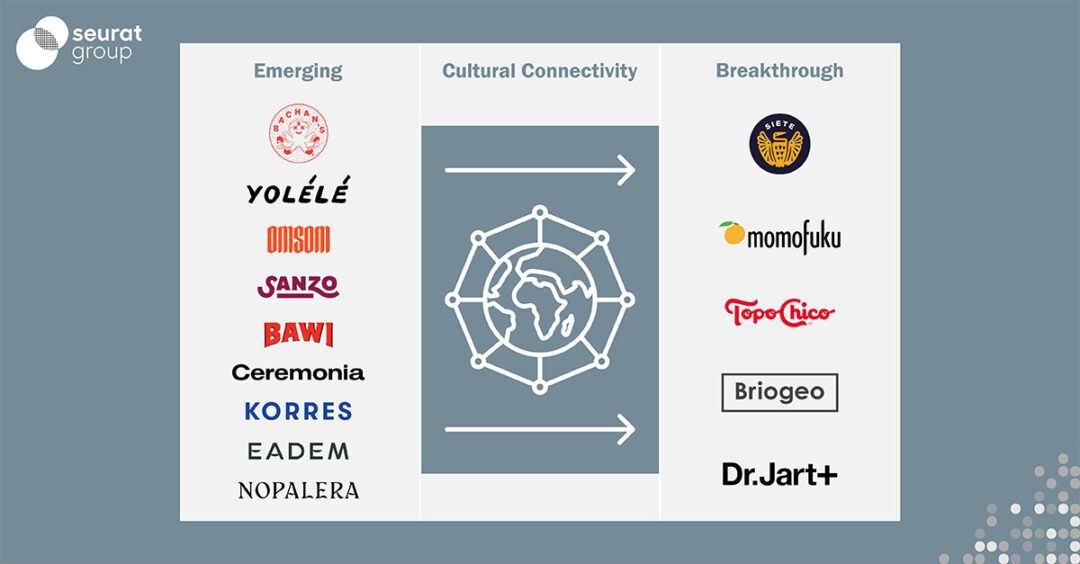
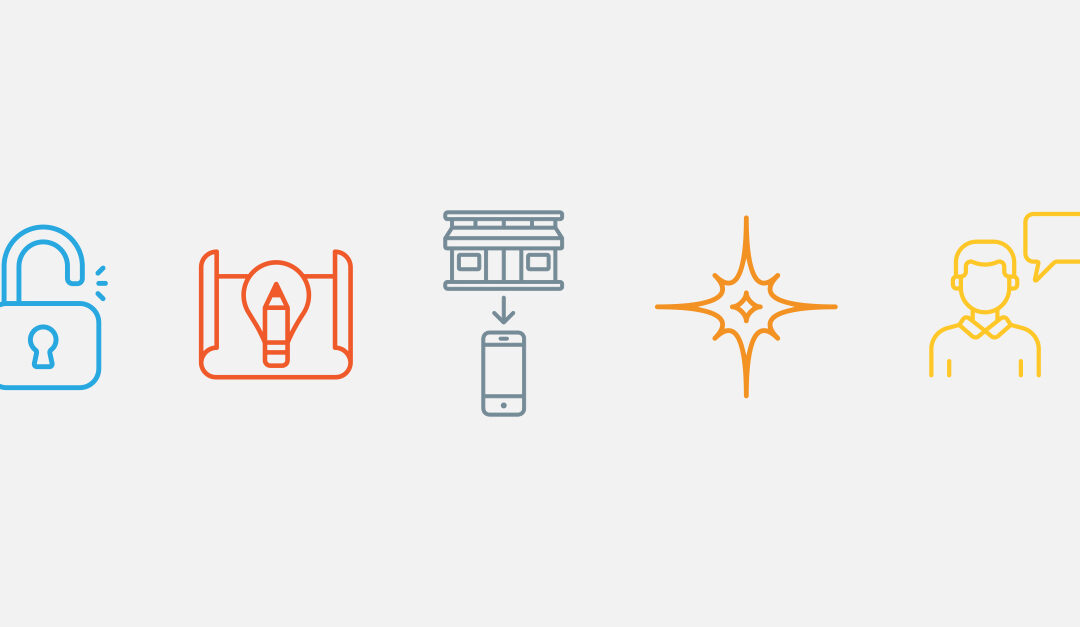
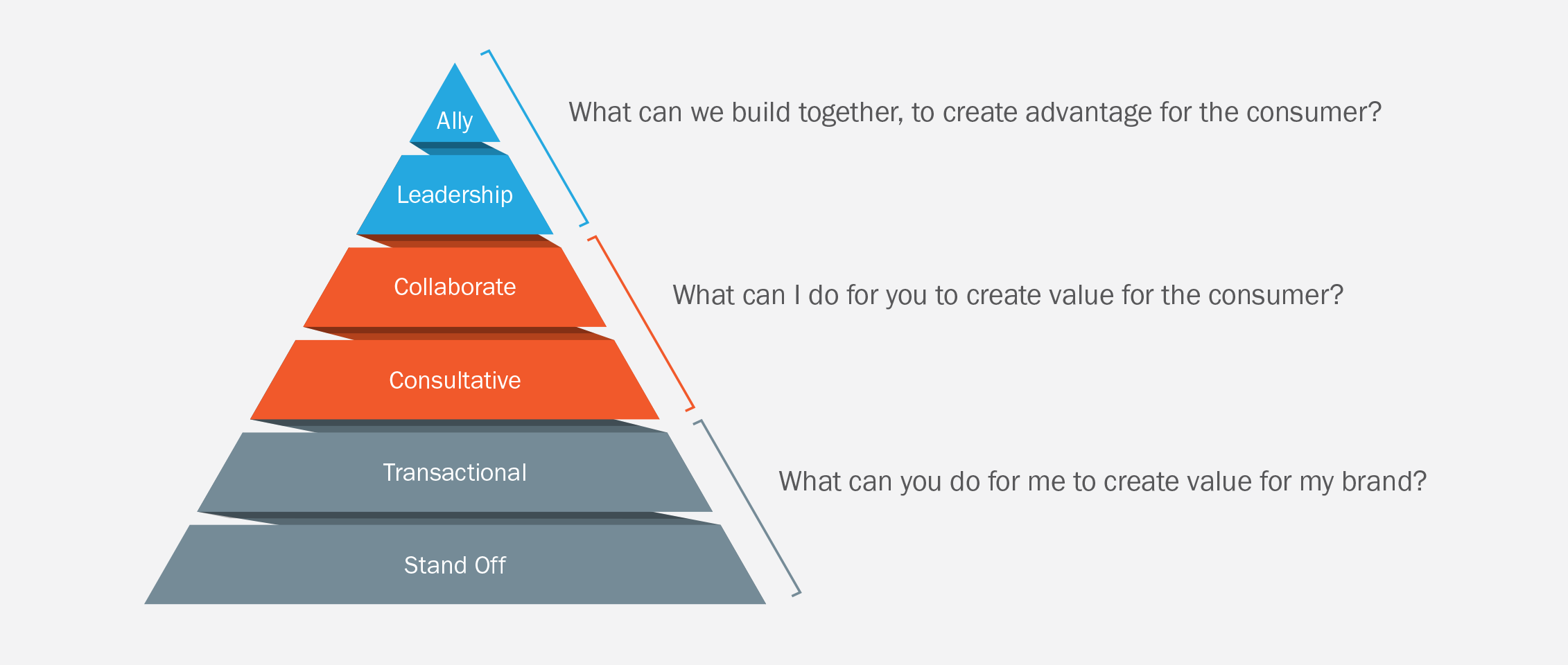
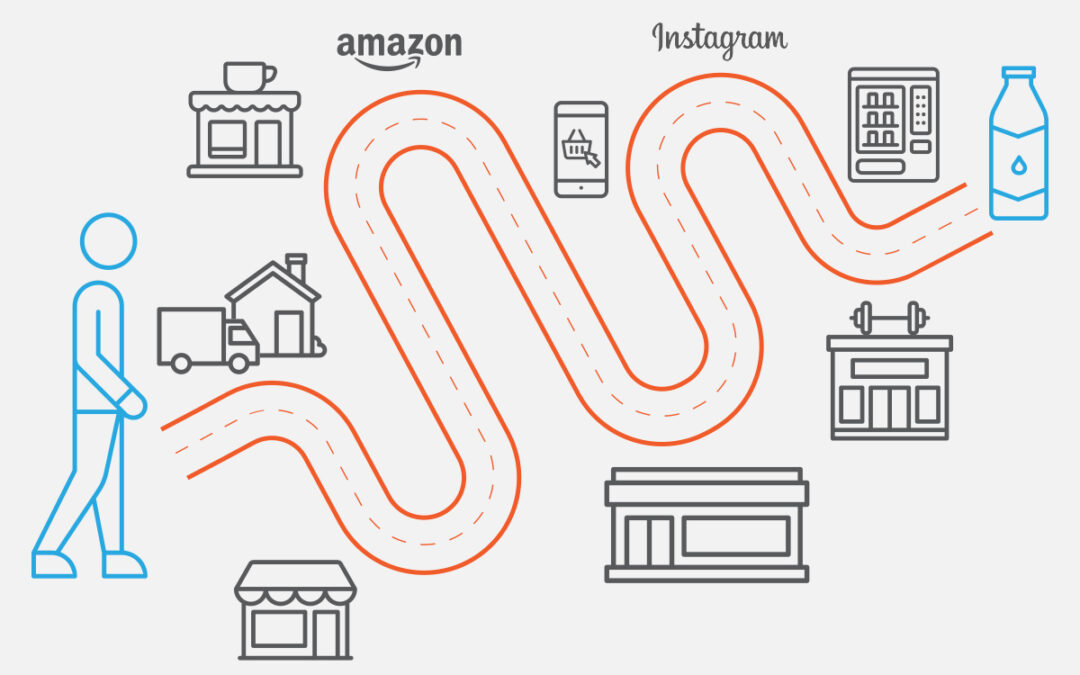
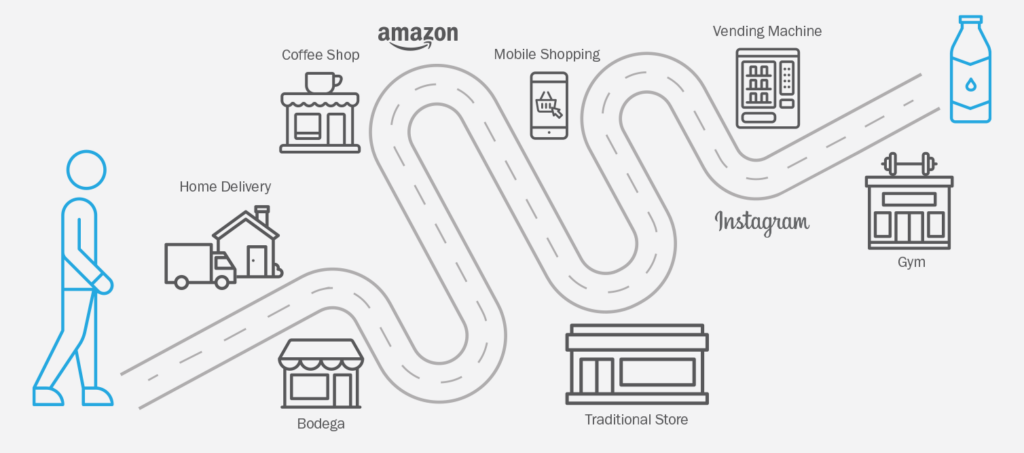

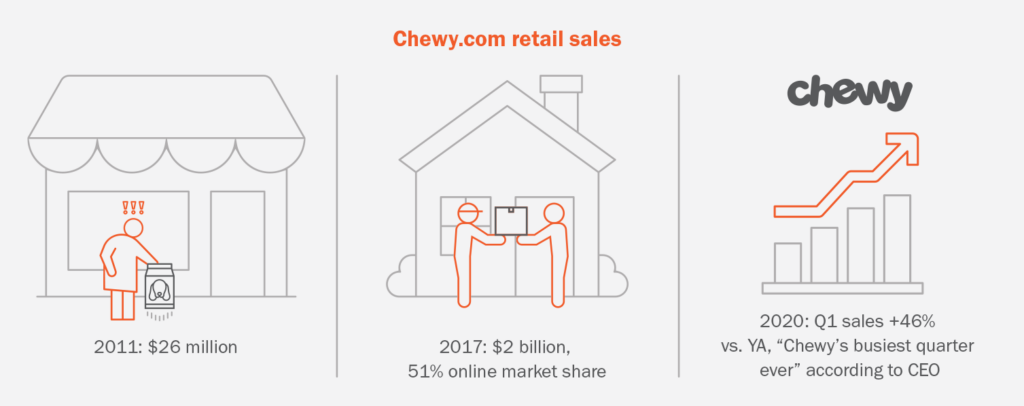
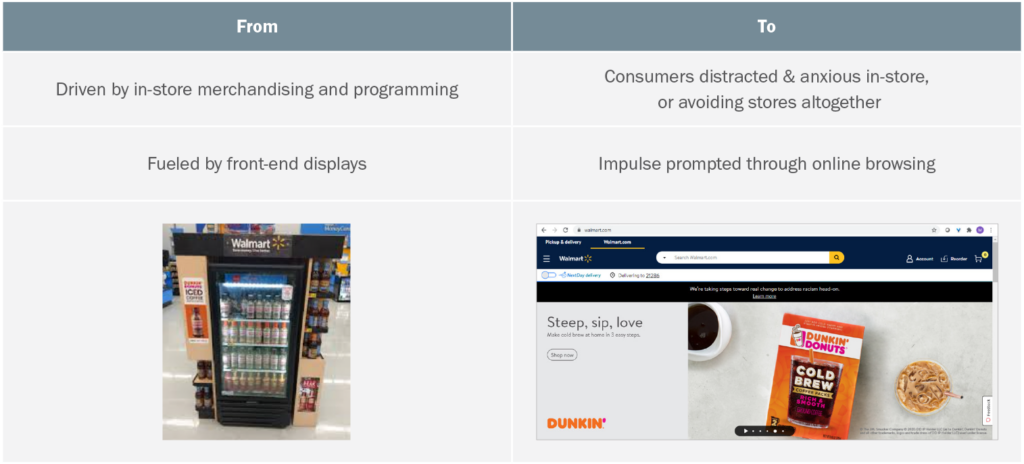
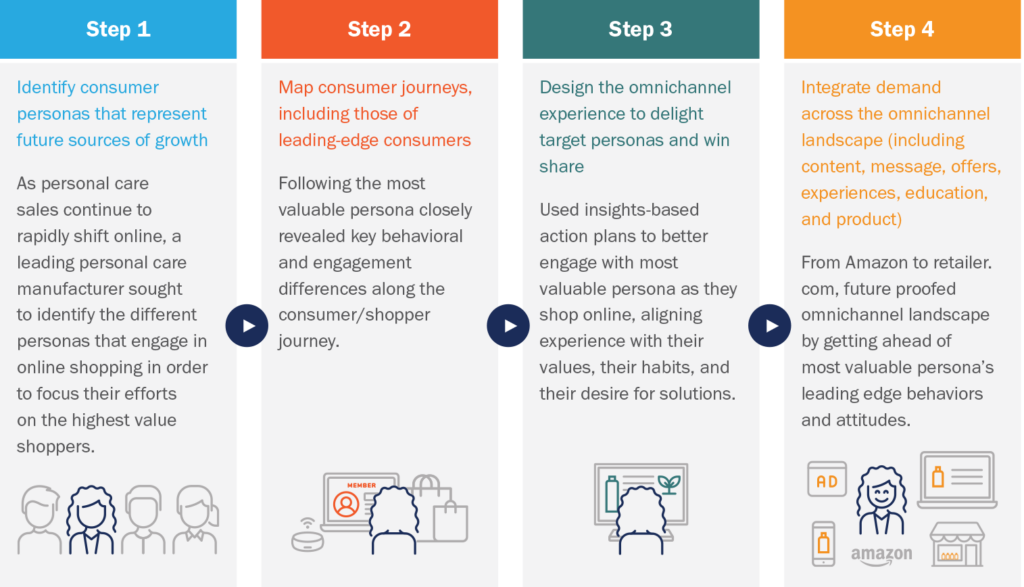
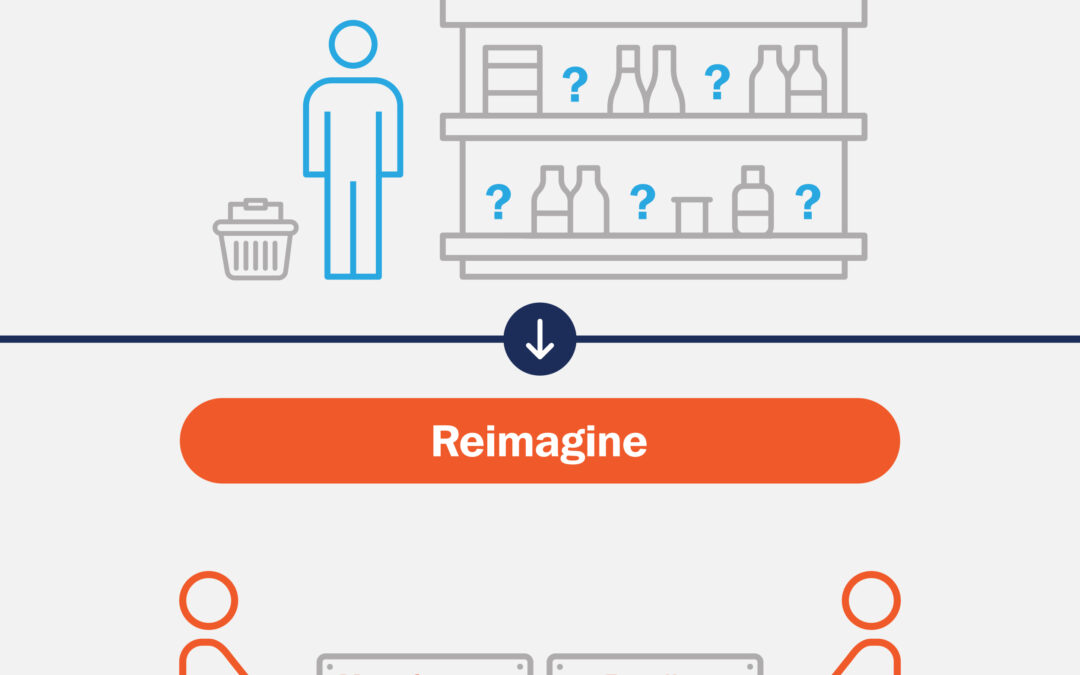

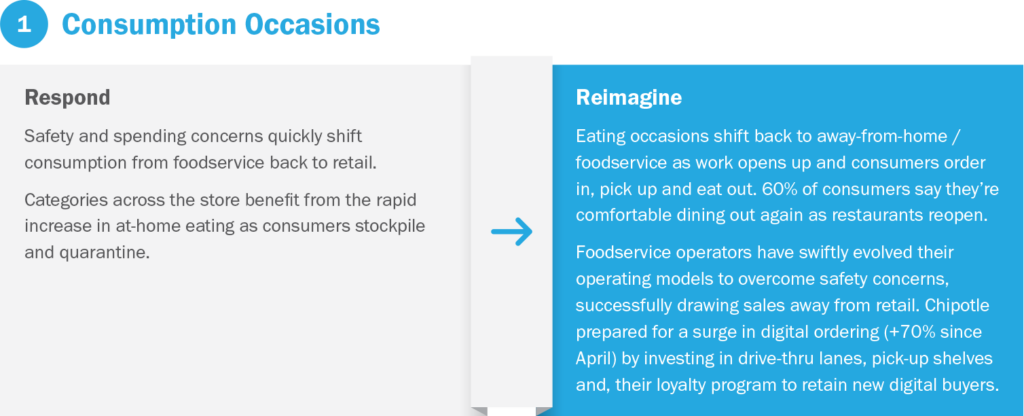

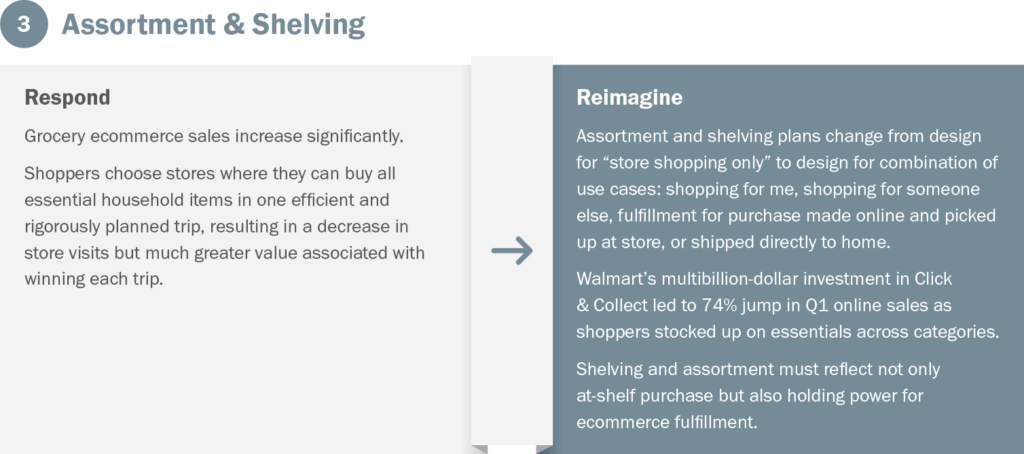
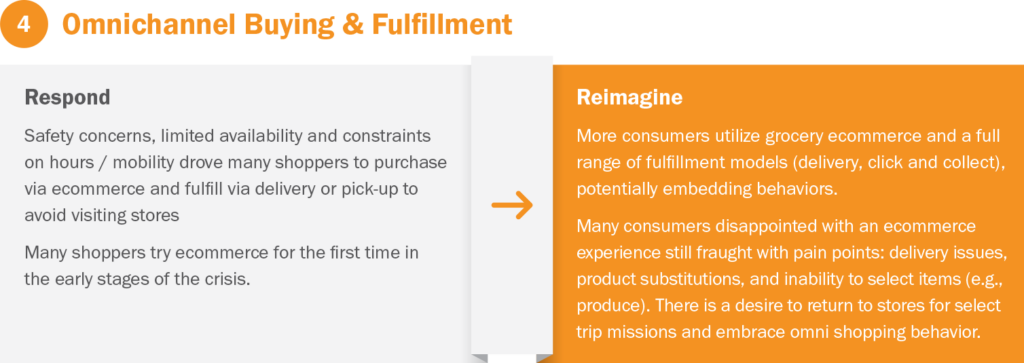
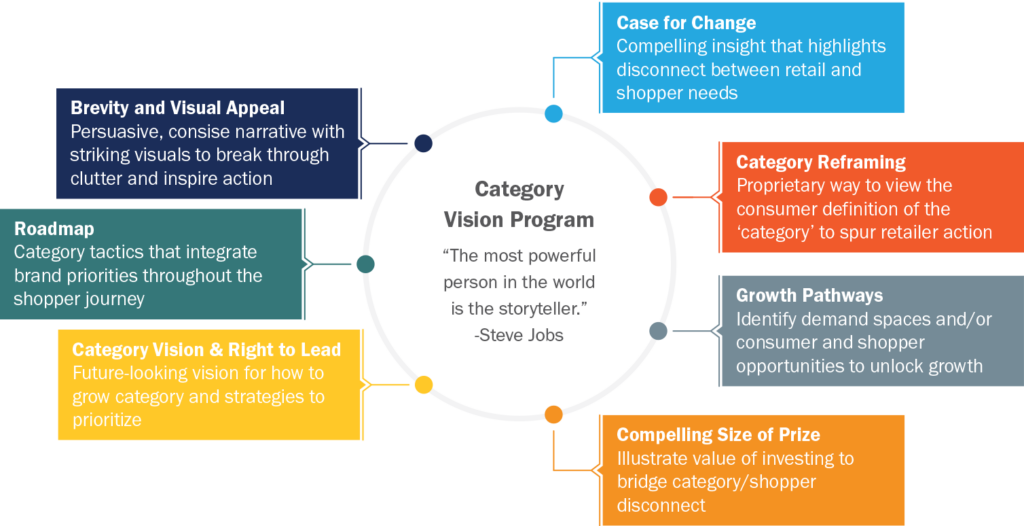
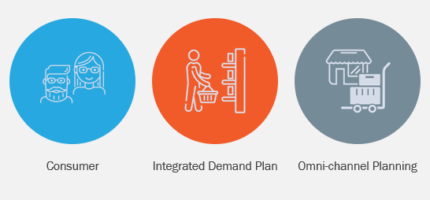


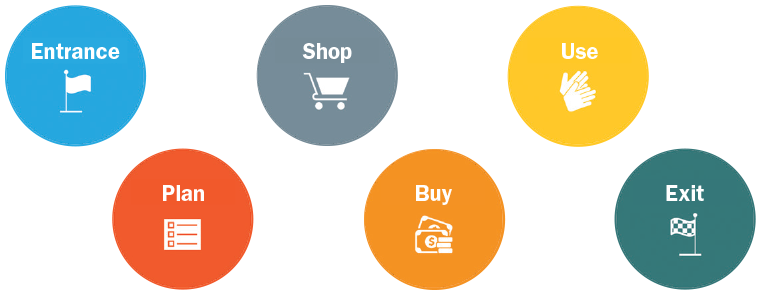

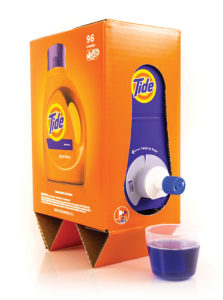 By being hyper-focused on demand moments and mediums in concert, manufacturers can develop more effective tactics. Proctor & Gamble recently launched a highly compact, concentrated Tide liquid detergent to meet the underserved needs of urban shoppers living in tight spaces. Priced the same as its ubiquitous 96-load jug, the so-called “Eco-Box” is about the size of a shoebox and weighs less than eight pounds. Most notably, the product is sold exclusively through online retailers like Amazon, Walmart.com and Target.com , where its carless city-dwelling shoppers are already turning to stock up on groceries and household goods. This type of innovation is more easily facilitated when go-to-market strategy is dictated not by an antiquated customer segmentation but by a rich understanding of the consumer and her journey.
By being hyper-focused on demand moments and mediums in concert, manufacturers can develop more effective tactics. Proctor & Gamble recently launched a highly compact, concentrated Tide liquid detergent to meet the underserved needs of urban shoppers living in tight spaces. Priced the same as its ubiquitous 96-load jug, the so-called “Eco-Box” is about the size of a shoebox and weighs less than eight pounds. Most notably, the product is sold exclusively through online retailers like Amazon, Walmart.com and Target.com , where its carless city-dwelling shoppers are already turning to stock up on groceries and household goods. This type of innovation is more easily facilitated when go-to-market strategy is dictated not by an antiquated customer segmentation but by a rich understanding of the consumer and her journey.



